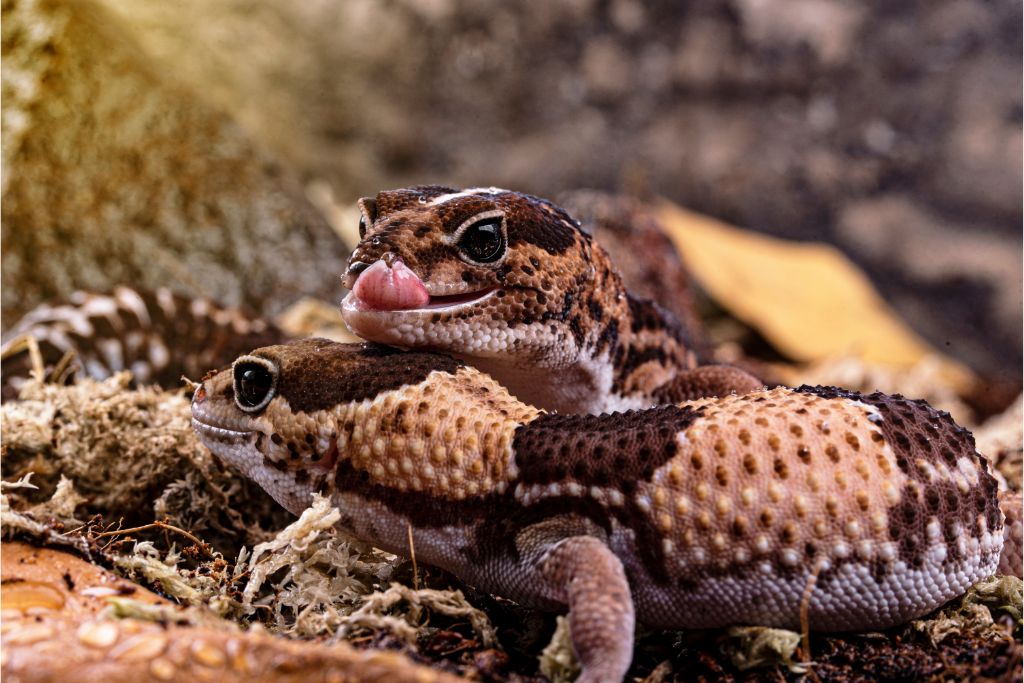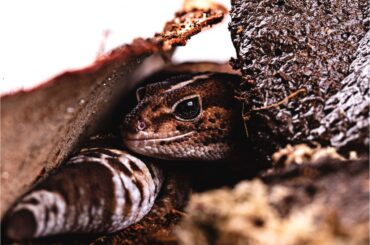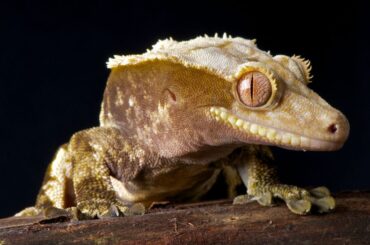Have you ever wondered how to keep your African fat-tailed gecko feeling as cozy as a warm blanket on a chilly day? Have you ever wondered why these geckos are such popular pets? What makes them unique among the scaly bunch?
These charming pets have won over reptile lovers of all ages. A little lizard friend with a plump tail, resembling the cutest miniature dragon. Yet, behind those adorable scales lies a crucial secret to their well-being – the perfect temperature.
Geckos, like humans, need warmth, and recognizing their thermal demands makes them happy. Maintaining the correct temperature is more than just keeping them cozy; it’s a ticket to their well-being.
The temperature game is no joke, and our gecko friends are excellent communicators. Let’s learn temperature control strategies to help our African fat-tailed geckos live stress-free lifestyles.
Gecko Thermal Needs
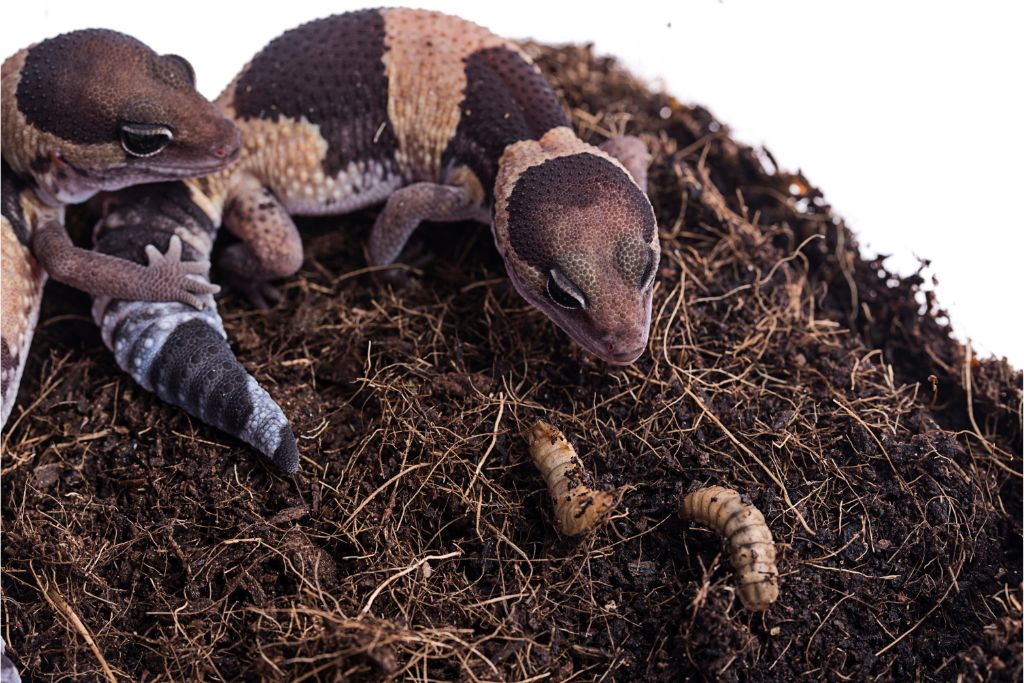
African fat-tailed geckos have specific thermal needs that are crucial for their well-being. Their thermal needs refer to the ideal conditions they require to thrive happily in their habitats.
Maintaining a temperature range of 75 to 85°F is like giving them a sunny day to bask in, ensuring they stay content and active. The appropriate temperature regulates their metabolism, behavior, and comfort.
In warmer temperatures, their energy levels rise, encouraging playful antics and healthy digestion. Cooler temperatures signal bedtime, a time for rest and rejuvenation.
Like people, geckos vary in size and temperature preferences. Some geckos prefer a toasty environment, while others might fancy a cooler nook. Understanding these variations is like unlocking their happiness, guaranteeing every gecko, regardless of species, lives its best life.
Gecko Temperature Stress Signs
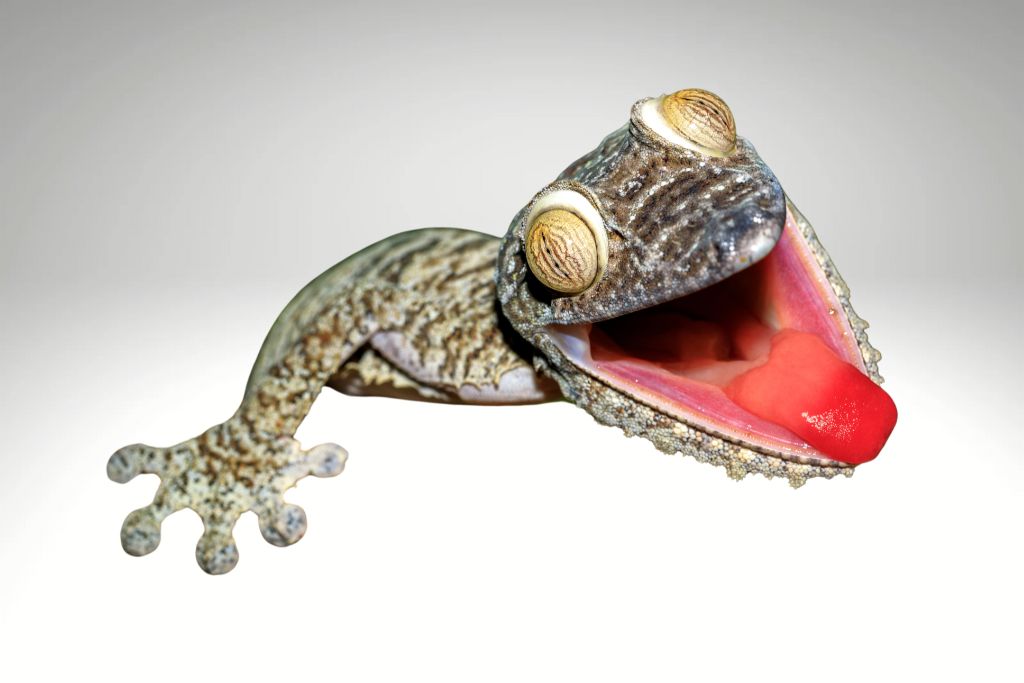
Understanding how your gecko communicates its feelings is crucial for a happy and healthy pet. Here are the signs that indicate your gecko might be experiencing temperature stress:
Unusual Hiding Behavior
If you notice your gecko spending more time hiding than usual, it could be a sign of temperature stress. Geckos seek comfort in warm spots, so constant hiding may indicate they’re struggling with their current environment.
Reduced Appetite
Keep an eye on your gecko’s eating habits. A sudden decrease in appetite might signal that the temperature in its habitat is not quite right. Geckos are sensitive creatures, and their eating patterns can tell us a lot about their well-being.
Altered Coloration
Geckos are like little mood rings, and changes in their color can be a direct response to temperature stress. If your gecko seems darker or lighter than usual, check their living conditions.
Unusual Basking Behavior
Geckos love to bask under their heat source. If they avoid or frequently seek a warm location, it may be because their cage temperature is off.
Lethargy and Reduced Activity
A healthy gecko is an active gecko. If your pet seems unusually lethargic or less interested in exploring its habitat, it could be a sign of discomfort caused by temperature stress. Paying attention to their activity level is crucial in identifying any potential issues.
Stress Lines on the Body
Take a closer look at your gecko’s skin. Dark lines or patches on their skin can indicate stress from temperature swings. A happy gecko usually displays smooth, vibrant skin.
Seeking Cooler or Warmer Areas
Watch where your gecko positions itself within its enclosure. If it consistently moves to a cooler or warmer area, it’s their way of trying to regulate their body temperature. This behavior indicates that the overall temperature in the habitat may need adjustment.
Heat Sources for Geckos
Here are some essential heat sources that will contribute to the well-being of your gecko companions:
Heat Mats
Provide a comfy, warm floor for your gecko with heat mats. These are like cozy blankets for your pet’s home, giving them a toasty spot to rest and relax.
Heat Bulbs
Light up your gecko’s world while keeping them warm with heat bulbs. Think of it as a bit of sun in their enclosure, creating a pleasant and snug environment.
Ceramic Heaters
Imagine having a magical heater that warms the air without any bright lights. That’s what ceramic heaters do! They silently work their magic, making sure your gecko stays comfortable day and night.
Under Tank Heaters
Sneak some warmth from below with under-tank heaters. Like a warm hug for the bottom of your gecko’s home, these heaters make sure the ground is never chilly.
Heat Rocks
Turn up the heat with gecko-friendly rocks! These unique rocks warm up and provide a cozy basking spot for your gecko to soak in the warmth.
Night Temperature Considerations
Nocturnal temperatures play a vital role in the geckos’ overall health. These creatures are more active during the night, engaging in essential activities, like hunting and exploration. Adequate nighttime temperatures support their natural behaviors and help regulate their metabolic processes.
To maintain stable nighttime temperatures, consider implementing a few strategies. Using a reliable heat source, like an under-tank heater, is a fantastic option. These heaters emit gentle warmth from beneath, simulating the heat absorbed by the ground in their natural environment.
Providing insulated hiding spots, such as cork bark or reptile caves, helps geckos regulate their body temperature. Monitoring the enclosure with a thermometer keeps nighttime temperatures within the recommended range. Providing a pleasant and consistent nocturnal environment helps your African fat-tailed geckos thrive.
Conclusion
Creating the perfect cozy haven for your African fat-tailed gecko requires a blend of attention and warmth. Maintain a temperature gradient between 75 to 85°F to allow your gecko to bask and cool off. A good under-tank heater is like a blanket, keeping your gecko warm and making it feel royal.
Just like how we enjoy a perfect balance of sunshine and shade, your gecko also craves a spot with both. Incorporate various hiding spots and cozy corners in their enclosure. Together, we can create a warm and thriving community for our scaly companions.
FAQs
Do African Fat-Tailed Geckos Need Light?
Yes, African fat-tailed geckos benefit from a light source to establish a day-night cycle. However, they are crepuscular, meaning they are most active during dawn and dusk, so excessive light should be avoided.
What is the African Fat-Tailed Gecko Habitat?
Their natural habitat includes arid regions of West Africa. In captivity, they require a well-ventilated enclosure with hiding spots, a substrate for burrowing, and a warm side for basking.
Do Fat-Tailed Geckos Need Heat?
Yes, African fat-tailed geckos need a heat source to maintain their temperature. Provide a warm side of the enclosure with a heat source, like an under-tank heater or heat mat.
How Do You Know if a Fat-Tailed Gecko is Happy?
Signs of a content fat-tailed gecko include regular feeding, exploration during active periods, a healthy weight, and shedding without issues. Behavioral cues like basking and burrowing are also positive indicators.
What Does a Fat-Tailed Gecko Need to Survive?
To thrive, African fat-tailed geckos require a proper diet of insects, a temperature gradient within their enclosure, a substrate for burrowing, a hiding place, and appropriate humidity levels. Regular health checks and veterinary care are also essential for their well-being.

